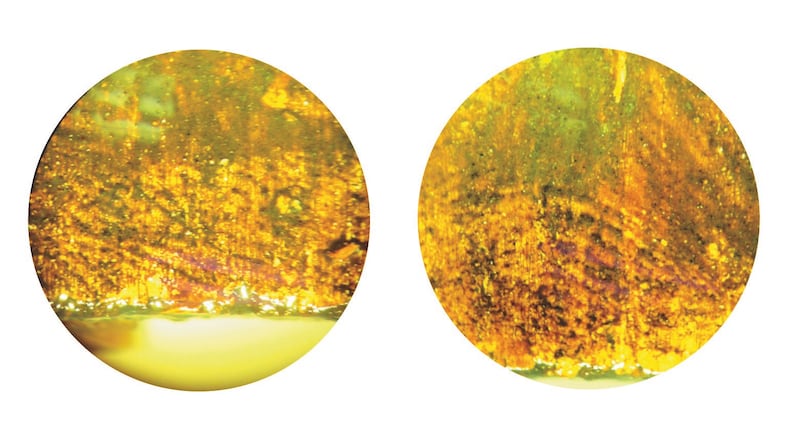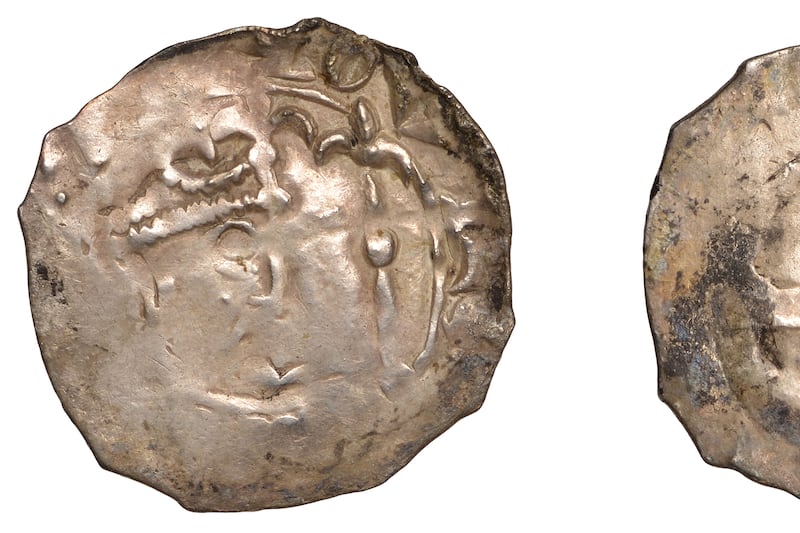Fingerprints thought to be those of the legendary artist Rembrandt have been discovered in a small oil sketch dating back almost 400 years.
Study Of A Head Of A Young Man, measuring just over 25cm high, is expected to fetch about £6 million when it is auctioned in London next month.
And, buried in the original layer of paint, in the lower edge of the “powerful and touching” 17th century portrait, experts found what are believed to be the Dutch master’s thumbprints.
No other prints by the painter, said to be the “foremost master of the Western artistic tradition”, have ever been found.

While it is impossible to confirm the prints are those of Rembrandt, who is famous for his portraits and use of light and shadow, experts believe they are the “only known fingerprints of the Dutch master”.
They were uncovered during a process of technical examination and restoration, which included pigment analyses, X-ray and infra-red imaging, just before the painting went on display in the US and the Louvre, in Paris, in 2011-12.
George Gordon, worldwide co-chairman of Sotheby’s Old Master paintings, the auction house which will be putting the work under the hammer, called the find an “extraordinary discovery”.
He told the Press Association that, from the placing of the thumbprints, it was possible to imagine the painting being “picked up with their fingers behind it and their thumbs on the lower edge”.
“You often get finger and thumbprints in the varnish of painting, but that doesn’t really tell you anything of interest. This is in the original paint.
“This shows that Rembrandt was happy with the painting while it was still wet. He painted it very quickly,” he said.
Asked how certain experts were that the fingerprints were Rembrandt’s, he said: “We can’t be 100% sure.
“But what is certain is that it is somebody that picked up the painting as soon as it was finished.”
He said: “While as far as we know no comparable finger or thumbprints of Rembrandt have been found in other works to confirm the conclusion, the discovery of the marks in the original layer of paint…. make their connection to the artist highly credible.”
He said that the portrait, dating from around 1655, has a “spiritual and emotional impact”.
“We know he worked really quickly and you can also see and feel it in this painting,” he said.
“When Rembrandt applies thick layers of paint, some of the colour leaches through. It has an intense visceral quality and is astonishingly well preserved.”
He added: “I suspect people will now look for fingerprints in other paintings.”
Michel van de Laar, a conservator in Amsterdam who helped lead the research, said: “The work was also determined to have been executed in one sitting.
“The discovery of the fingerprints is further testament to the speed with which the work was likely executed and provides fresh insight into Rembrandt’s complex but swift painting technique.”
Study Of A Head Of A Young Man portrays Rembrandt’s model as Jesus, with his hands clasped in prayer, and has been praised for the artist’s ability to “render human emotions”.
Sotheby’s London Old Masters Evening Sale takes place on December 5. The painting will go on display at Sotheby’s London from November 30.








